- Created a new "WPF Application" .NET 6.0 project There creating classical Application Settings was easy in project->properties->Settings->"Create or open application settings"
- Observed: the project gets a new folder "Properties" which has a yellow Folder icon with an additional black wrench symbol, okay
- It contains a new item
Settings.settingsthat can get edited via classical Settings Designer looking like it used to look in .Net 4.8, and a new App.config XML file is getting created automatically in the project's root folder which also looks like it used to in .Net 4.8, okay
Now the same procedure can apparently only be done manually in
- a new "Class Library" project being added in the same solution where I would want to use that Properties.Settings / app.config feature pack for storing a DB connection string configurably:
- the new sub-project does not seem to have a "Settings" option in the project Properties dialog (as opposed to a .Net4.x would have had)
- the new Properties folder and new Settings file can be created successfully there too manually as described in Equivalent to UserSettings / ApplicationSettings in WPF .NET 5, .NET 6 or .Net Core
- but doing a "Rebuild solution" gives an
Error CS1069 The type name 'ApplicationSettingsBase' could not be found in the namespace 'System.Configuration'. This type has been forwarded to assembly 'System.Configuration.ConfigurationManager, Version=0.0.0.0, Culture=neutral, PublicKeyToken=cc7b13ffcd2ddd51' Consider adding a reference to that assembly. ClassLibrary1 C:\Users\Stefan\source\repos\WpfCorePropertiesSettings\ClassLibrary1\Properties\Settings.Designer.cs 16 Active
- as a next step adding NuGet package "System.Configuration.Abstractions" to the Class Library project cures the symptom, "rebuild solution" makes the error disappear.
TLDNR, actual question: is that sequence an acceptable solution or a kludge to avoid?
To me the NuGet package description does not sound as if the package was made for that purpose, and I have not heard the maintainers' names before (which might or might not matter?) https://github.com/davidwhitney/System.Configuration.Abstractions
TIA








